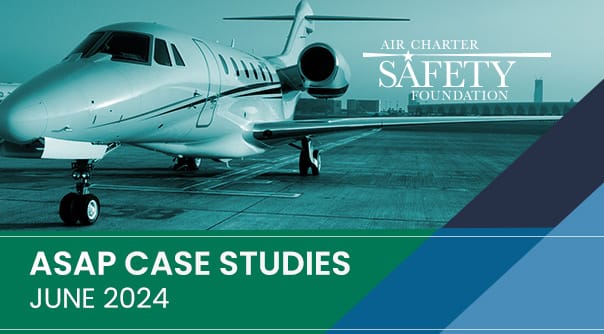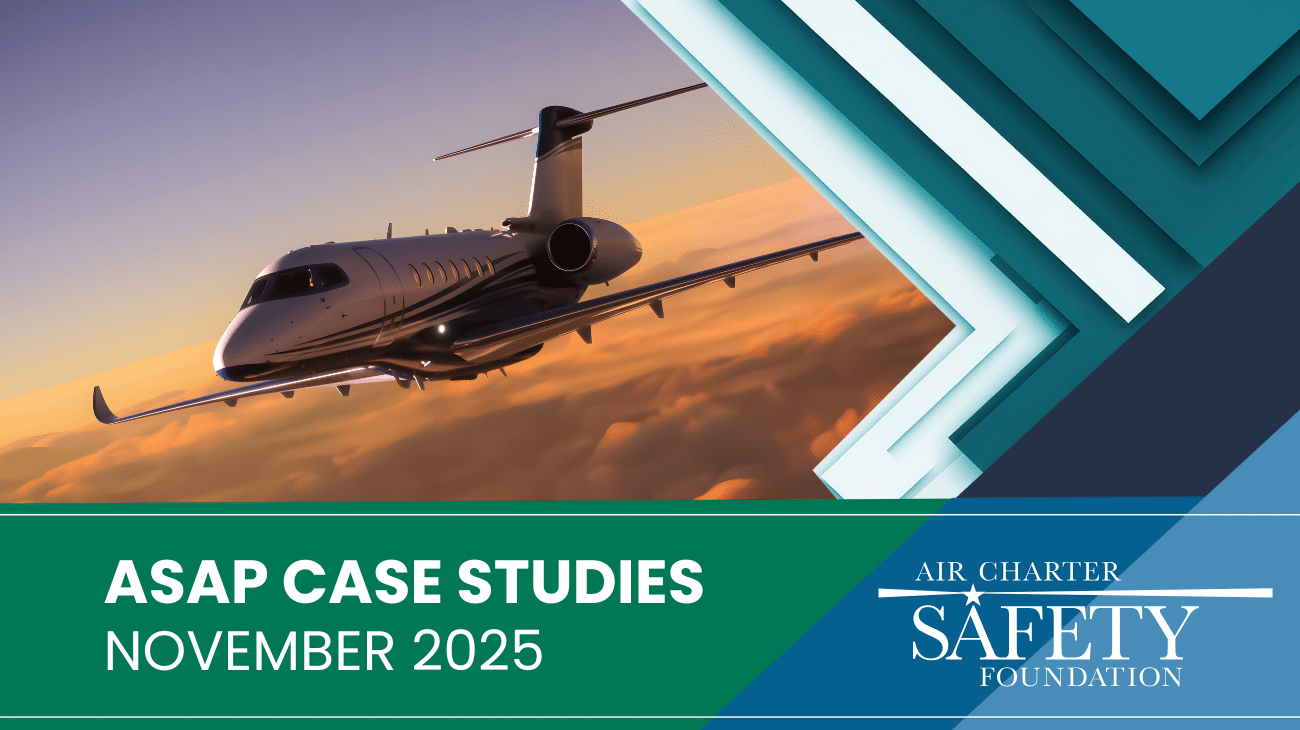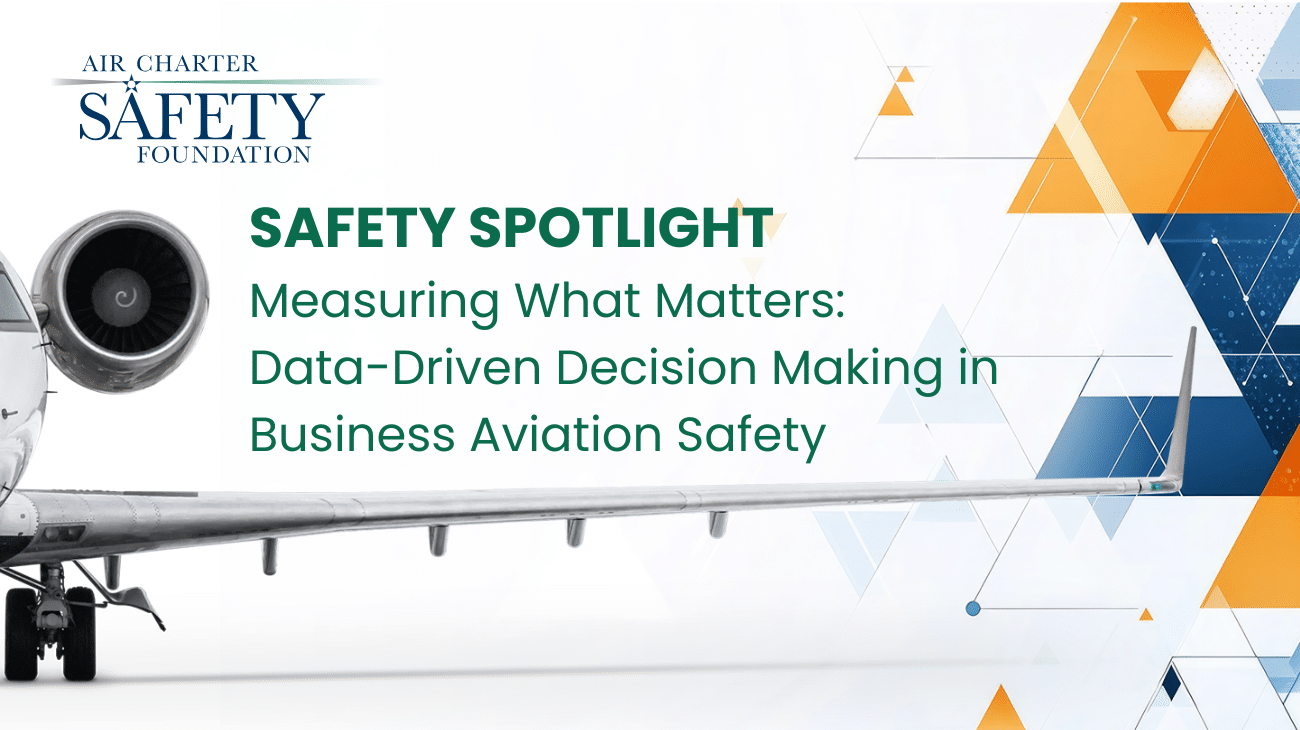The following are redacted Aviation Safety Action Program (ASAP) reports from participating member companies during June 2024. Each case underscores the unique challenges that test the skills and preparedness of the crew. These incidents highlight the critical importance of adhering to standard procedures and the valuable lessons learned from navigating unexpected situations.
WRONG AIRPORT – FOE INSTEAD OF TOP
I was PF from the left seat and PIC-PM was in the right seat. We were on RNAV 36 approach to KTOP and inVMC. After reporting that we had the airport in sight, ATC seemed anxious for us to cancel because they were busy. He did give us the option to cancel on the ground but seemed happier if we could cancel with him. We canceled at 3600ft. ATC advised us that the tower would be closing in under 2 minutes (adding to the pressure) and switched us to tower 118.7. The Captain told me to disconnect the autopilot and hand-fly. I agreed given our visual contact and proximity. At this stage of flight, we had run the Approach Check-list and were configuring for landing because we seemed high and were close to the airport. We announced to the tower that we had the airport in sight. Tower said that he was closing in 30 seconds, that there were no aircraft between us and the airport. He asked our intentions. We said we would be landing RW36.
After configuring for landing, we realized we were lined up for RW31. Winds were 340@08 so this wasacceptable and since the tower was closed, we simply announced landing RW31. We landed FOE and were rolling out when I saw the intersection of runway 03-21. I immediately knew we had landed at the wrong airport. Because we were still monitoring Guard, we heard our tail and were told to contact tower on 120.8. Tower requested, and we supplied, PIC name and phone number. We asked for progressive taxi instructions. After the After-Landing check list, we taxied to RW31 intersection RW03 at the direction of tower. Tower supplied a phone number to call later. We completed the Before Take-Off check list items and accepted RW31 departure.
These airports are in very close proximity and have very similar layouts. In hindsight, we should have included the closer airport in our briefings. We should have gone around when we didn’t see RW36 as expected, however, we were VMC at a now uncontrolled field, and were told there was no traffic. We saw no conflicting traffic in the air, or on the ground via TCAS. We should have declined suggestions to cancel IFR until on the ground at this unfamiliar airport. In the future, I will do all of the above.
We landed uneventfully at KTOP after a 4-minute flight that included a reversal to join downwind. Aircraft departing RW31 from KFOE are basically conflicting traffic for aircraft entering Left Downwind RW31 at KTOP. These airports are 7 miles apart.
KEY TAKEAWAYS:
- PIC was a contractor pilot in the right seat, employee SIC in the left seat.
- The proximity of two airports in question was not briefed prior to flight.
- Crew was prompted to cancel IFR prior to landing, contributing to distraction.
- Corrective actions: Pilots were debriefed and counseled by Chief Pilot and Director of Safety.
- Event was addressed during pilot safety meeting. Safety bulletin sent out. Going forward company will not allow SIC to operate from left seat without chief pilot’s approval.
NON-COMPLIANCE WITH POLICIES/PROCEDURES -PITOT COVER
Captain did his first pre-flight after new procedure to use/install Pitot and other probe covers. I missed removing the left pitot tube cover. A contributing factor was that there was no flag on the tube cover and it blended in with tube. During takeoff we received a single chime caution and “IAS” flag on the co-pilots (right) airspeed indicator. We were above 100kts so continued takeoff. The right side stagnated around 100 kts. I looked at the left side and saw a higher speed and said “continue “. We continued with a normal takeoff, advised ATC, and came back for a normal visual app and landing. Pilot communication, as well as ATC and cabin communications were all good and kept in the loop. This was a repositioning leg with no passengers.
KEY TAKEAWAYS:
- PIC was debriefed and counseled.
- Determined root cause: Expectations bias.
- Contributing factors: no standardization when it comes to pitot covers (type of covers, colors, etc.).
- Corrective actions: Crew counseling by Chief Pilot, PIC underwent re-training on pre-flight procedures. Implementation of standardized pitot covers.
TAXI INCIDENT
A taxi incident occurred with a Beechjet BE40 at FXE in which the right main wheel exited the pavement before coming back onto the pavement. No damage occurred to either the aircraft or the airport environment. The location of the wheel exit was in the vicinity of Taxiway B and Taxiway E. Two passengers were on board. No illness or injury occurred.
The aircraft was maneuvering in a tight turn in the direction of the most available room while attempting to make the intended taxiway to hold short of 31 at E. The ill-advised turn was ultimately the responsibility of the PIC who was taxiing in deciding to execute an aggressive turn due to the aircraft being in a position that was about to overshoot the taxiway. Other contributing factors include poor communications, distraction, unfamiliar airport for the crew, a brand new FO with a ground taxi radio call issue, awkward opposing traffic on the same taxiway, an amendment to taxi instructions by ATC while en route taxiing, and perhaps more caution to clarify turn with both crew members.
The PIC let the aircraft roll a bit too far forward before the required turn after returning a missed ATC call regarding a mandatory read back instruction. The distraction helped lead to a mistake in taxi. The opposing aircraft on the same taxiway did eventually come to a stop which did draw some attention away as well.
The wheel exited the taxiway a few inches, but enough to obviously sink into the soft soil. More power then became required to taxi. Instead of “powering up” to push through the excessive drag the crew stopped the aircraft to notify ATC and request assistance. Ground Ops vehicles were on the scene. A tug from the Banyon FBO was requested. The PIC shut down the engines and exited the aircraft to assist with tug operator. The aircraft flaps were returned to zero and the taxi lights were retracted. The tug pulled the aircraft fully onto the taxiway and free of obstructions without trouble.
KEY TAKEAWAYS:
- Root cause: incompetent CRM and poor judgement call by PIC.
- ERC agrees that the crew is aware their shortcomings and mistakes after a thorough self- assessment.
- Corrective actions: Crew debriefed and counseled by Director of Safety. Event discussed during pilot safety meeting.





